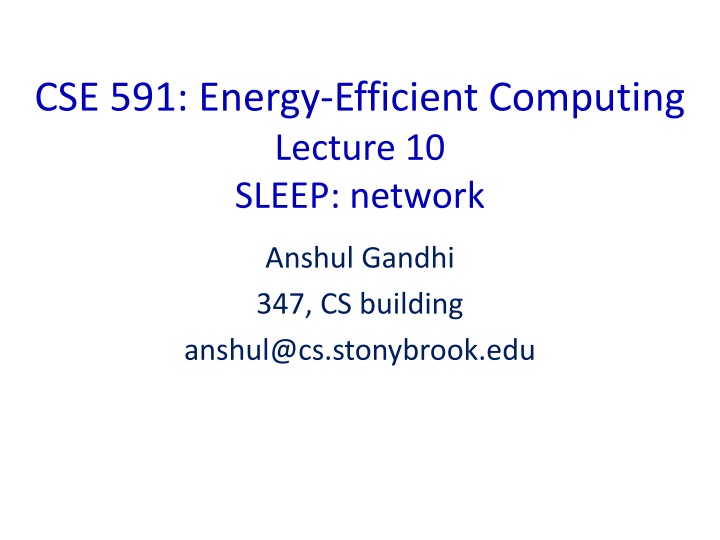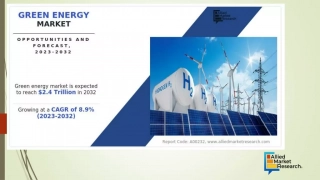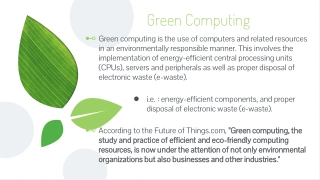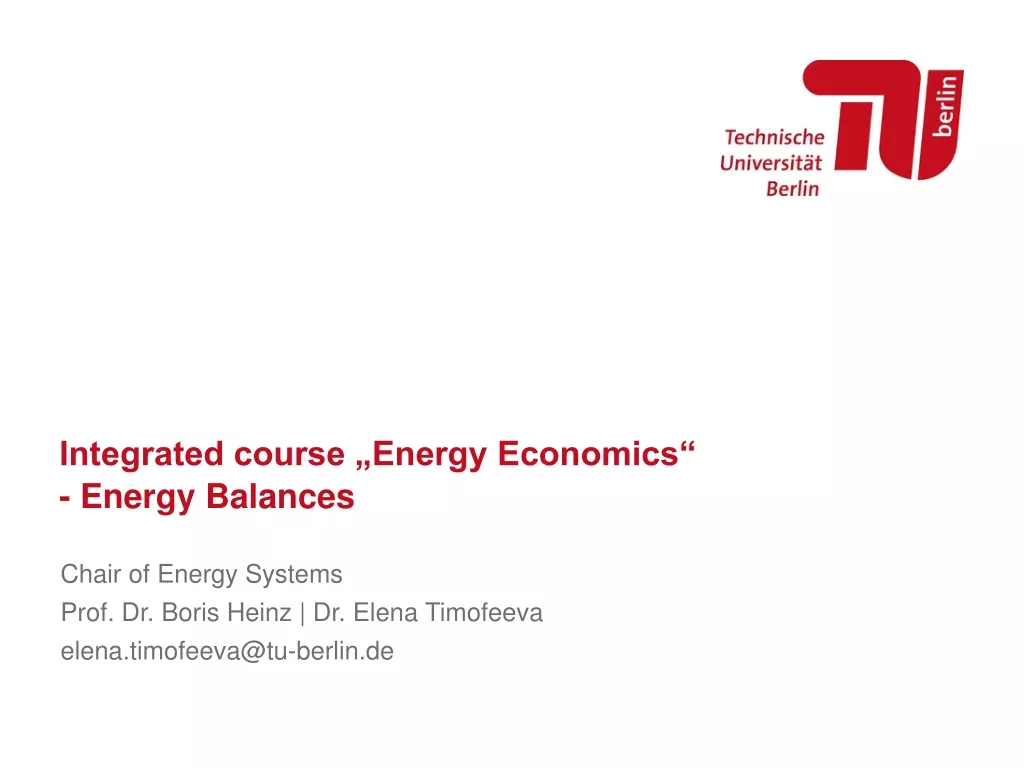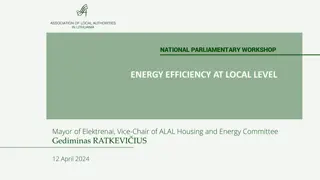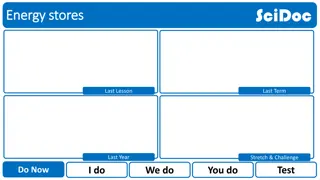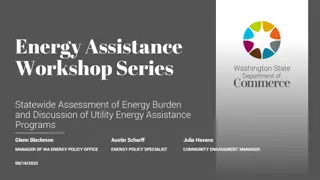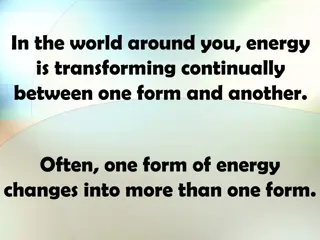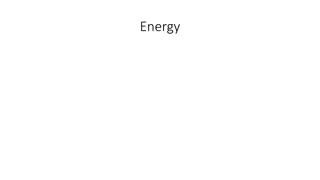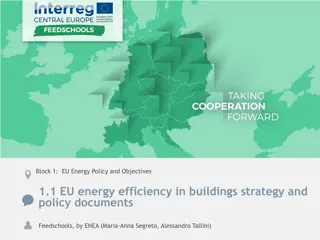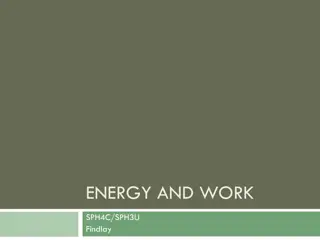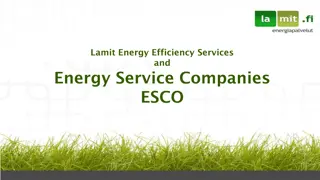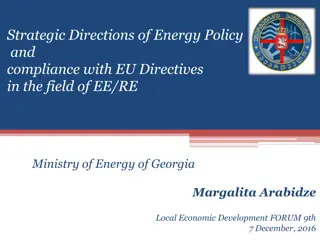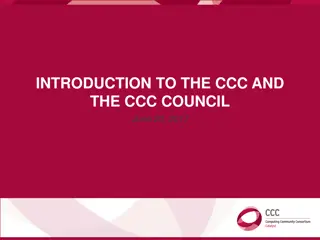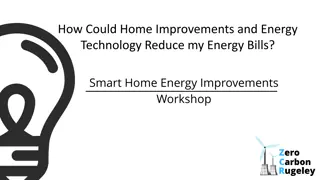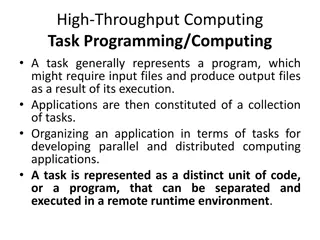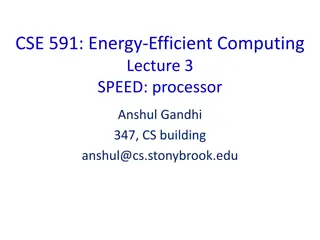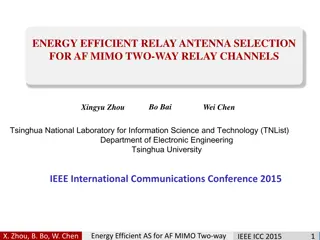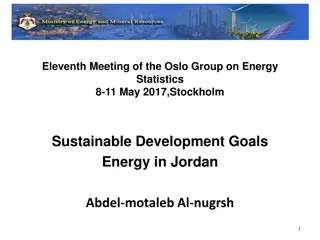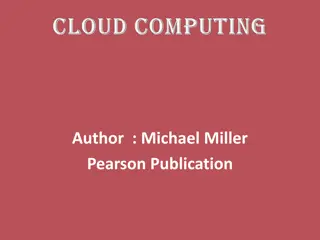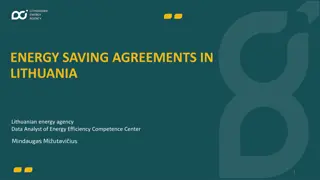Energy-Efficient Computing Strategies
This content delves into various energy-efficient computing strategies, discussing topics such as sleep opportunities, idle time distribution, potential for sleep, and energy savings in PCs versus servers. Explore architectures, power/latency comparisons, and research papers from leading tech companies.
Uploaded on Mar 12, 2025 | 0 Views
Download Presentation

Please find below an Image/Link to download the presentation.
The content on the website is provided AS IS for your information and personal use only. It may not be sold, licensed, or shared on other websites without obtaining consent from the author.If you encounter any issues during the download, it is possible that the publisher has removed the file from their server.
You are allowed to download the files provided on this website for personal or commercial use, subject to the condition that they are used lawfully. All files are the property of their respective owners.
The content on the website is provided AS IS for your information and personal use only. It may not be sold, licensed, or shared on other websites without obtaining consent from the author.
E N D
Presentation Transcript
CSE 591: Energy-Efficient Computing Lecture 10 SLEEP: network Anshul Gandhi 347, CS building anshul@cs.stonybrook.edu
PCs vs. servers Servers (DC) PCs Number 50 M 1 B Power/unit 300W 70W Usage/day 24 8 Annual cost $9.2 B $14.3 B
idle_net paper Intel @ NSDI 09
sleepless paper Microsoft @ ATC 10
somniloquy paper Microsoft @ NSDI 09
